How To Encrypt Email Gmail
Email communication has become an integral part of our personal and professional lives. Whether it’s sharing sensitive information with colleagues or exchanging confidential details with clients, ensuring the security of our emails is paramount. With the ever-present threat of cyber attacks and data breaches, encrypting emails in Gmail has become essential to safeguarding our digital correspondence.
Table of Contents
Overview About Email

Email, short for electronic mail, is a method of exchanging digital messages over the internet. It allows individuals and businesses to send messages, files, and other data to one or more recipients instantly. Email has become one of the most popular forms of communication in the modern world, providing a convenient and efficient way to stay in touch with others, both professionally and personally.
The concept of email dates back to the early days of the internet, with the first electronic message being sent in 1971 by computer engineer Ray Tomlinson. Since then, email has evolved significantly, with the development of various email protocols, clients, and services.
At its core, email consists of three main components: the message, the sender, and the recipient(s). Users compose messages using email clients or web-based email services and send them to one or more recipients by specifying their email addresses. The message is then transmitted over the internet via email servers until it reaches the recipient’s email server, where it is stored until retrieved by the recipient.
Email messages can contain text, attachments, images, and hyperlinks, allowing for rich and versatile communication. Users can organize their emails into folders, search for specific messages, and set up filters and rules to manage incoming mail more efficiently.
In addition to basic email functionality, modern email services often offer additional features such as calendars, contacts, and tasks, integrating email with other productivity tools. Many email services also provide security features such as spam filtering, antivirus scanning, and encryption to protect users from unwanted or malicious content.
Overall, email remains a vital tool for communication in the digital age, enabling individuals and organizations to connect, collaborate, and exchange information across distances quickly and easily.
Understanding Email Encryption
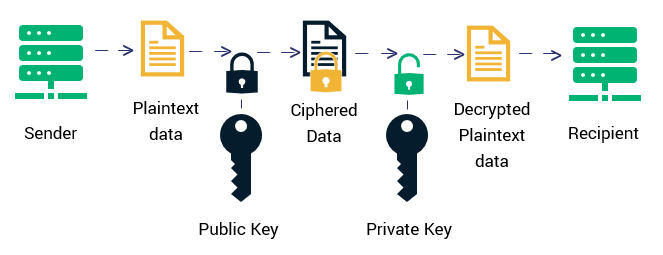
Email encryption is a method of encoding email messages to protect their contents from being accessed by unauthorized users. Essentially, it scrambles the content of an email into an unreadable format, which can only be deciphered by the intended recipient using a decryption key. This process ensures that even if a hacker intercepts the email, they won’t be able to make sense of its contents.
There are two main types of email encryption: transport encryption and end-to-end encryption. Transport encryption protects the email while it’s in transit between the sender and the recipient’s email servers. End-to-end encryption, on the other hand, ensures that the message remains encrypted throughout its entire journey, including while it’s stored on the email servers.
Why Encrypt Emails in Gmail?
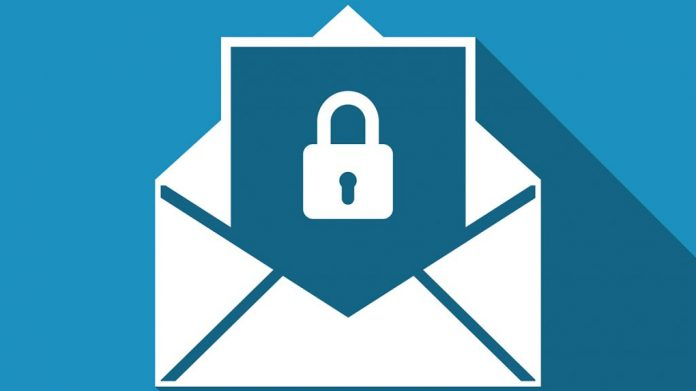
The need for email encryption in Gmail stems from the inherent vulnerabilities of regular emails. Unlike traditional postal mail, which is sealed and physically protected during transit, emails can be intercepted and read by anyone with the technical know-how. This poses a significant risk, especially when transmitting sensitive information such as financial data, personal details, or proprietary business information.
Encrypting emails in Gmail adds an extra layer of security, making it much harder for unauthorized parties to access the contents of your messages. This is particularly important for businesses and organizations that handle confidential information and must comply with data protection regulations such as GDPR or HIPAA.
Setting Up Encryption in Gmail
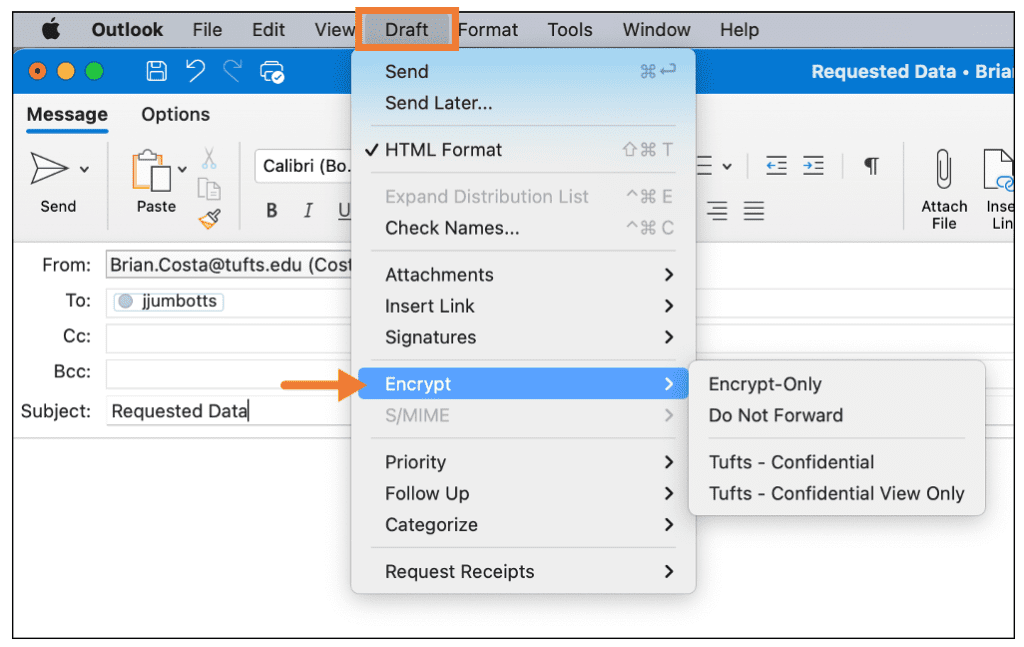
Fortunately, Gmail offers several built-in features and settings that allow users to enhance the security of their email accounts. One of the first steps towards securing your Gmail account is to enable HTTPS by default. This ensures that all communication between your browser and Gmail’s servers is encrypted, protecting your data from eavesdropping and tampering.
Additionally, enabling two-step verification adds an extra layer of protection by requiring a second form of authentication, such as a code sent to your mobile device, when logging into your Gmail account. This helps prevent unauthorized access even if your password is compromised.
Choosing strong, unique passwords for your Gmail account and regularly updating them is also crucial in preventing unauthorized access to your emails. Avoid using easily guessable passwords or reusing the same password across multiple accounts, as this increases the risk of a security breach.
Using End-to-End Encryption
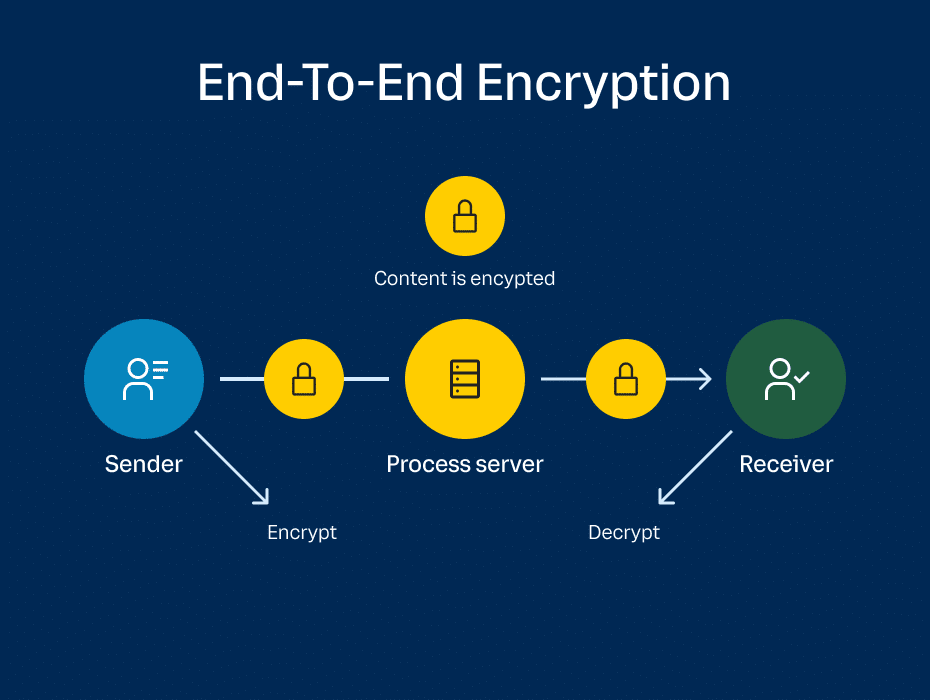
For users who require the highest level of security for their emails, end-to-end encryption is the gold standard. End-to-end encryption ensures that only the sender and the intended recipient can read the contents of the email, even if it’s intercepted during transit or stored on the email servers.
One popular method of implementing end-to-end encryption in Gmail is through the use of Pretty Good Privacy (PGP) encryption. PGP allows users to generate public and private encryption keys, which are used to encrypt and decrypt email messages. By exchanging public keys with their contacts, users can securely communicate with each other without fear of interception.
However, it’s important to note that while end-to-end encryption provides unparalleled security, it can also be more complex to set up and use compared to other encryption methods. Additionally, both the sender and the recipient must have compatible encryption software installed for it to work effectively.
Encrypting Attachments and Messages
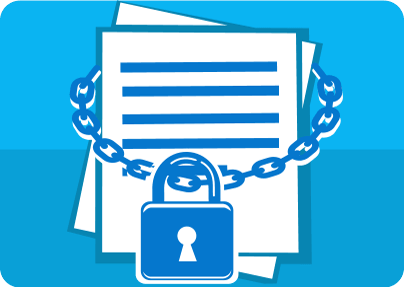
In addition to encrypting the body of your email, it’s also important to secure any attachments or files you send via email. Many email providers, including Gmail, offer the option to encrypt attachments with password protection, ensuring that only the intended recipient can open them.
Alternatively, you can use secure messaging apps that offer end-to-end encryption for all communications, including file transfers. Apps like Signal, Telegram, and WhatsApp encrypt all messages and attachments by default, providing a high level of security for your digital communications.
Best Practices for Email Encryption
While email encryption is an effective way to protect your sensitive information, it’s not a set-it-and-forget-it solution. To ensure maximum security, it’s important to follow best practices and regularly review and update your encryption methods.
This includes regularly updating your encryption software to patch any vulnerabilities and protect against emerging threats. Additionally, users should be vigilant against phishing attempts, which can trick them into revealing their encryption keys or other sensitive information.
Educating your recipients on how to decrypt encrypted emails is also essential in ensuring smooth communication. Providing clear instructions and support can help alleviate any confusion or frustration they may experience when receiving encrypted messages for the first time.
Testing Encryption Methods

To ensure the effectiveness of your encryption methods, it’s important to regularly test them and conduct encryption audits. This involves sending test emails with varying levels of encryption to ensure that they are being properly secured and that the decryption process is seamless for the recipient.
By regularly testing and auditing your encryption methods, you can identify any weaknesses or vulnerabilities and take steps to address them before they can be exploited by malicious actors.
Challenges and Solutions
Despite the benefits of email encryption, there are still some challenges to overcome. Compatibility issues between different email clients can sometimes make it difficult to securely exchange encrypted emails. Additionally, some users may be resistant to adopting encryption due to concerns about complexity or inconvenience.
However, advancements in encryption technology are helping to address these challenges. New encryption protocols and standards are being developed to ensure compatibility between different email clients, while user-friendly encryption tools and interfaces are making it easier than ever for users to encrypt their emails.
Conclusion
In an age where cyber threats are constantly evolving, encrypting your emails in Gmail is no longer optional—it’s essential. By taking simple steps to enhance the security of your email communications, such as enabling HTTPS by default, using two-step verification, and implementing end-to-end encryption, you can protect your sensitive information from prying eyes and ensure peace of mind.
Remember, email encryption is not a one-size-fits-all solution, and it’s important to choose the method that best suits your needs and preferences. Whether you opt for transport encryption, end-to-end encryption, or a combination of both, prioritizing email security should be a top priority for every Gmail user.
FAQ’s
What is email encryption, and why is it important?
Email encryption is a method of encoding email messages to protect their contents from being accessed by unauthorized users. It’s important because it ensures the security and privacy of your sensitive information.
How does end-to-end encryption work?
End-to-end encryption ensures that only the sender and the intended recipient can read the contents of the email, even if it’s intercepted during transit or stored on the email servers.
Are there any downsides to email encryption?
While email encryption enhances security, it can sometimes be more complex to set up and use compared to other encryption methods. Additionally, compatibility issues between different email clients can pose challenges.
What is PGP encryption, and how does it work?
Pretty Good Privacy (PGP) encryption allows users to generate public and private encryption keys, which are used to encrypt and decrypt email messages. It provides a high level of security for digital communications.
How often should I update my encryption software?
It’s recommended to regularly update your encryption software to patch any vulnerabilities and protect against emerging threats. This helps ensure maximum security for your email communications.



One thought on “How To Encrypt Email Gmail”